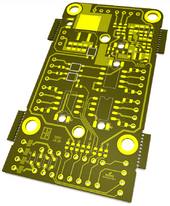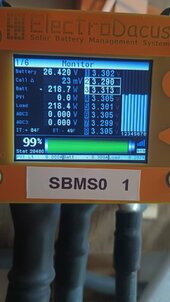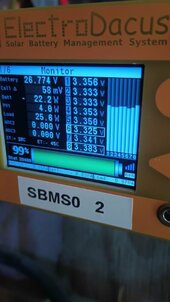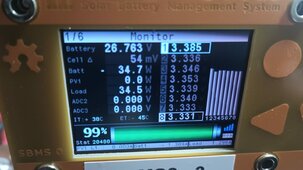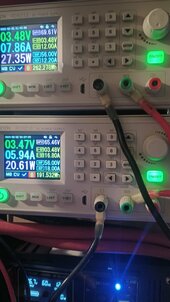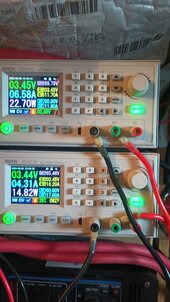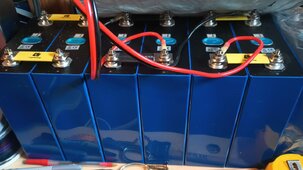Hi Michael! Haven’t been on for a few years, but enjoyed reading your thread today. I’m also a fan of Dacien’s approach. Although it may seem complicated at first, the simplicity and reliability are great. And for some, the 24v (or 12v) aspect has its advantages.
I‘ve used the (original design) SBMSO in our old Sprinter for 5 years now, never turned off. Before the Eve and Lishen cells were popular I bought 4 used 200ah prismatic cells. We’re in St Paul, and I’ve neither heated nor removed them past 5 years. So they’ve gone through 4 winters of subzero. I wait until the guts of them gets above freezing before charging. That works out to about the end of the first day of driving south, using a diesel heater flexible duct aimed at the pack. Then the last few hours with 40a alternator charging. From there on the two 280w 60 cell panels on the roof are all we need.
Back to topic, sorry! I’m thinking of doing an off grid setup.
Last week we bought an abandoned house in Patagonia AZ, an hour south of Tucson. It’s a mountain town in the “Sky Islands” at about 4200’ above sea level. The house is an old mud adobe 1200 sq ft one story with a low pitch (3.5/12) gable steel roof. I’d cover the roof with forty 60 cell used panels from Santan. Probably 32 of the cells you just received, using a SBSMO with DSSR50s. Install a 4 head minisplit for heating and air conditioning. I’ve toyed with the idea of using resistive wire diversion heating. But- the heating needs will be pretty minor compared to the cooling.
Since cooling is needed primarily when the sun is shining, the undersized battery bank may be fine? I’m hoping that excess PV will offset loads during the day. These loads would be washer, dishwasher, mini split, power tools, etc.
At night it gets cool enough to open windows (temps are 10 to 15f lower than Tucson in the summer).
I’m thinking of 2 inverters. One would be a single phase (2 legs of 120) inverter feeding only the mini split disconnect box. For efficiency, this inverter might be remotely activated only when the mini split is calling for heating or cooling.
The other (5k?) 120v inverter would feed the house breaker box. Jumper across the main breaker line feeds; every breaker is 120v. 240v not possible in the breaker box.
This property is right in town, and on the rear of the lot is another very small (400sf) house. I would do a stand-alone smaller system for this, but use a small 120v mini split. Thus no dinking around with a 240v inverter, just another 5k inverter feeding a small breaker box.
Since used panels are inexpensive and there‘s ample low pitch roof on the small house, keeping it separate and simple is the way to go.
What are your thoughts? And recommendations on good, lower cost inverters?



